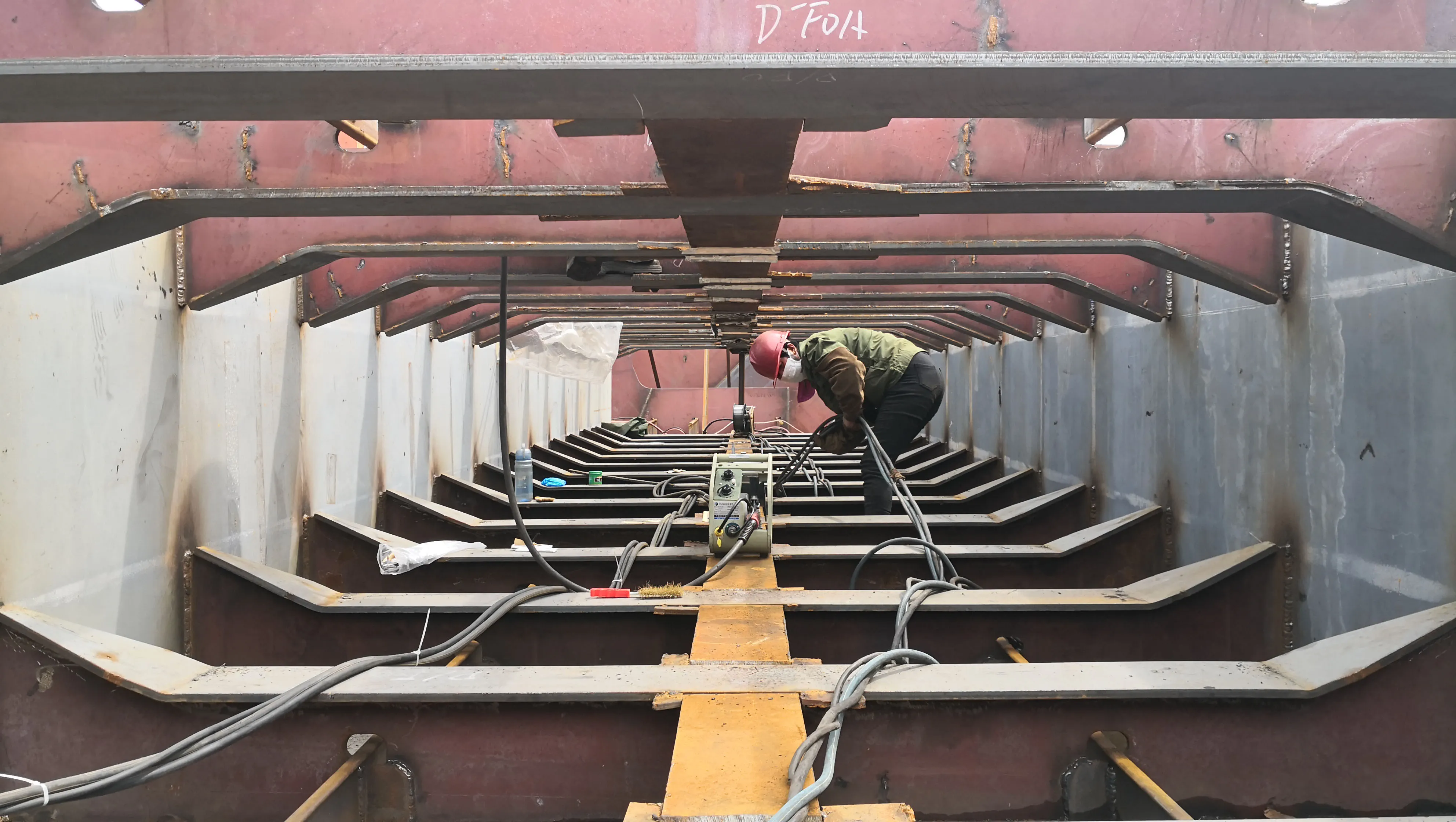 export@ezsteelpipe.com
export@ezsteelpipe.com +86 731 8870 6116
+86 731 8870 6116

The metal pipeline system on a modern general cargo vessel (over 50,000 DWT) is a complex network designed to transport fluids, gases, and sometimes solids for various operational and safety functions. These systems are critical for propulsion, cargo handling, ballasting, firefighting, cooling, and other essential ship operations. Below is a detailed breakdown of the key metal pipeline systems typically found on such vessels:
---
- Purpose: Supplies fuel to the main engine, auxiliary engines, and boilers.
- Materials: Carbon steel (for heavy fuel oil/HFO), stainless steel (for diesel oil/DO).
- Components:
- Transfer pipelines: Move fuel from storage tanks to settling/day tanks.
- Service pipelines: Deliver fuel to engines and boilers.
- Purification lines: Connect to centrifuges (purifiers) to clean fuel.
- Return lines: Recirculate unused fuel back to tanks.
- Vent and overflow lines: Prevent overpressure and spills.
---
- Purpose: Circulates oil to lubricate engines, reduction gears, and bearings.
- Materials: Carbon steel or stainless steel.
- Components:
- Main engine lube oil lines: Supply oil to crankshaft, pistons, and turbochargers.
- Auxiliary engine lines: Serve generators and other machinery.
- Purification lines: Clean oil via filters and centrifuges.
- Cooling lines: Pass through lube oil coolers.
---
- Purpose: Cools engines, auxiliary machinery, and HVAC systems.
- Materials: Cupronickel (seawater lines), carbon steel (freshwater lines).
- Components:
- Seawater cooling lines: Draw water from sea chests, pass through heat exchangers.
- Freshwater cooling lines: Closed-loop system for engines (high-temperature cooling).
- Jacket water lines: Cool engine cylinders and heads.
---
- Purpose: Starts main/auxiliary engines, controls valves, and powers tools.
- Materials: Galvanized steel or stainless steel.
- Components:
- Main air line: High-pressure (30 bar) for engine starting.
- Service air line: Low-pressure (7–8 bar) for general use.
- Control air line: Pneumatic valve operation.
---
- Purpose: Adjusts ship’s trim, stability, and draft by pumping seawater.
- Materials: Carbon steel with corrosion-resistant coatings.
- Components:
- Ballast mains: Large-diameter pipes connected to ballast pumps.
- Branch lines: Feed individual ballast tanks.
- Stripping lines: Empty tanks completely.
---
- Purpose: Removes accidental water ingress (e.g., leakage, condensation).
- Materials: Carbon steel, often galvanized.
- Components:
- Bilge mains: Collect water from engine room and cargo holds.
- Suction lines: Connect to bilge pumps and oily water separators (for MARPOL compliance).
---
- Purpose: Loads/unloads liquid cargo (if equipped with tanks) or serves gear lubrication.
- Materials: Carbon steel or stainless steel.
- Components:
- Hydraulic lines: Operate cranes, hatch covers, or ramps.
- Grease lines: Lubricate cargo gear (e.g., cranes, winches).
---
- Purpose: Extinguishes fires using seawater, foam, or CO₂.
- Materials: Galvanized steel (seawater), stainless steel (foam).
- Components:
- Fire mains: Ring mains with hydrants throughout the ship.
- Sprinkler lines: For accommodation and machinery spaces.
- CO₂ lines: Deliver gas to engine room or cargo holds.
---
- Purpose: Channels exhaust from engines and boilers to the funnel.
- Materials: Carbon steel with refractory lining (high-temperature sections).
- Components:
- Main exhaust lines: From engines to mufflers/silencers.
- Boiler uptakes: Often insulated to reduce heat loss.
---
- Purpose: Supplies drinking water and manages sewage.
- Materials: Stainless steel (potable water), PVC-lined steel (wastewater).
- Components:
- Potable water lines: Distribute water to cabins, galley, and hospital.
- Sewage lines: Connect toilets to treatment tanks or overboard discharge.
---
- Purpose: Powers steering gear, hatch covers, and thrusters.
- Materials: High-pressure carbon steel or stainless steel.
- Components:
- Power supply lines: Deliver hydraulic oil to actuators.
- Return lines: Recirculate oil to reservoirs.
---
- Purpose: Provides steam for heating fuel, cargo tanks, or accommodation.
- Materials: Carbon steel (low-pressure), alloy steel (high-pressure).
- Components:
- Steam mains: Supply steam to heaters and turbines.
- Condensate return lines: Recover condensed water.
---
- Corrosion Protection: Coatings, sacrificial anodes, and material selection (e.g., cupronickel for seawater).
- Redundancy: Critical systems (e.g., firefighting, bilge) have duplicate pumps/pipes.
- Valving: Isolation valves for maintenance and emergency shutdowns.
- Compliance: Meets IMO, SOLAS, and MARPOL regulations (e.g., double-walled pipes for fuel tanks).
Modern vessels integrate these systems with automated controls and sensors for efficient operation. The exact configuration varies based on ship design, flag state requirements, and operational needs.
 Related Products
Related Products